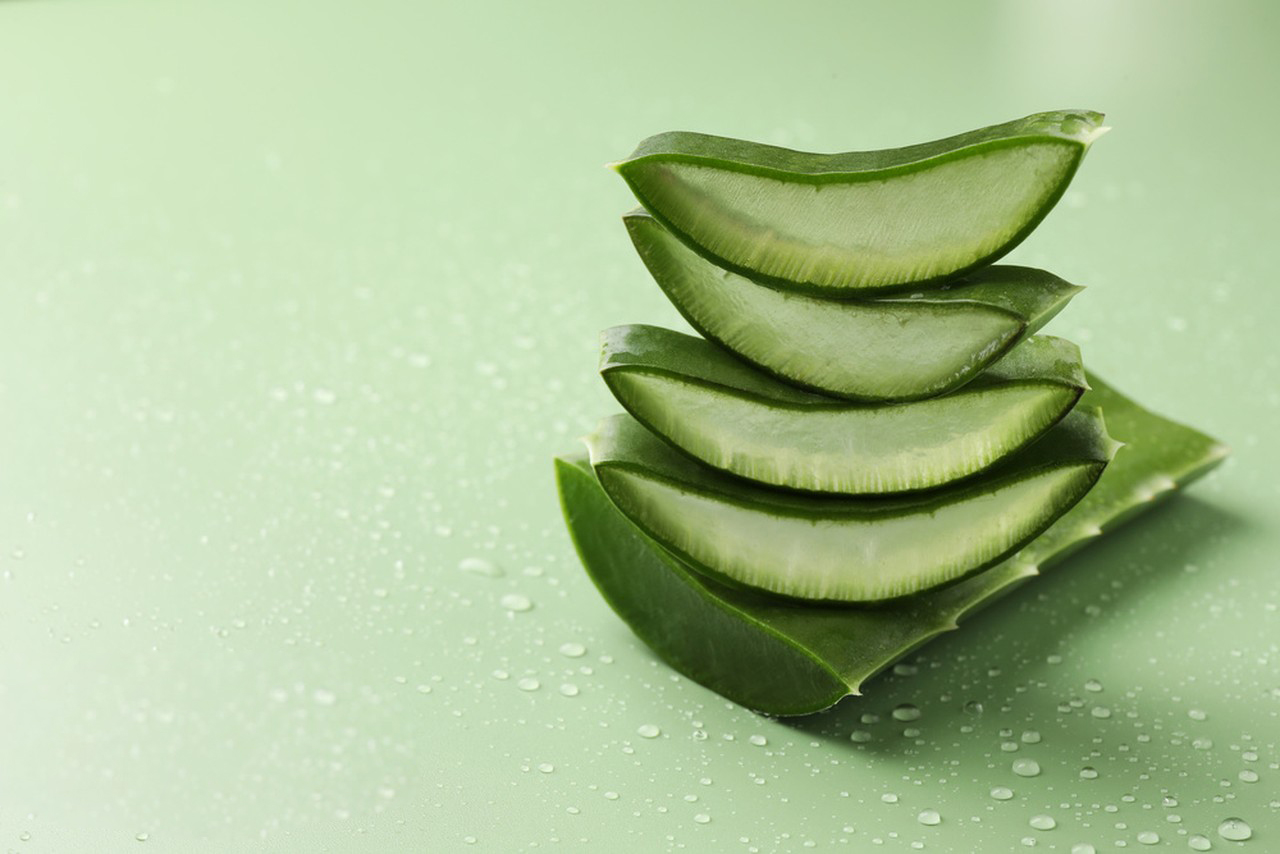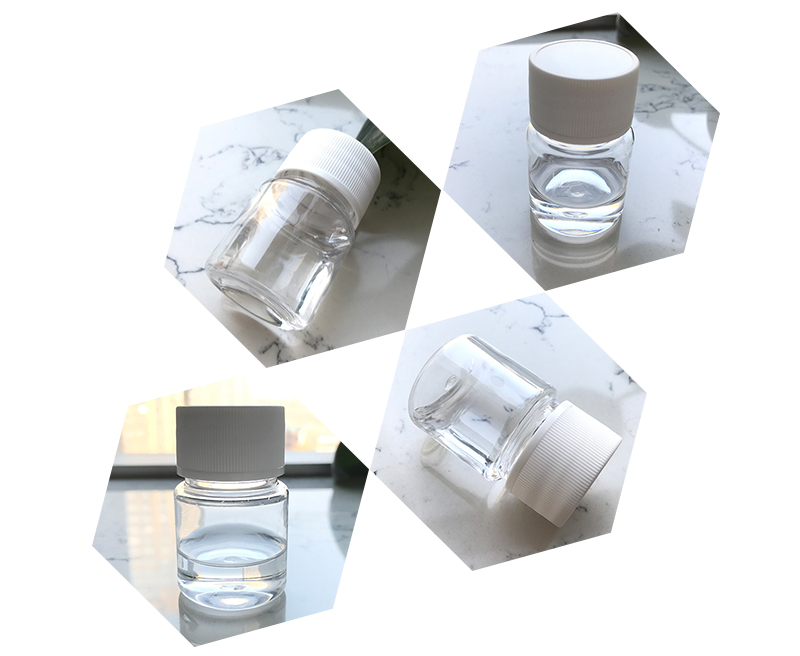Alpha bisabolol is a natural monocyclic sesquiterpene alcohol commonly used in cosmetics, pharmaceuticals, and skincare products due to its anti-inflammatory, soothing, and antimicrobial properties. To ensure its effectiveness and safety, the following quality standards are typically used:
1.Purity
Natural Source: Alpha bisabolol is typically derived from natural sources like Matricaria chamomilla (German chamomile) or Vanillosmopsis erythropappa (candeia tree).
Purity Levels: High-grade alpha bisabolol typically has a purity level of 95% or higher. The purity is often measured using gas chromatography (GC), and a certificate of analysis (COA) should accompany batches to confirm this.
2.Organoleptic Properties
Appearance: It is a colorless to slightly yellowish, viscous liquid.
Odor: It should have a mild, sweet, floral scent.
3.Physicochemical Properties
Molecular Formula: C₁₅H₂₆O
Molecular Weight: 222.37 g/mol
Density: 0.92 – 0.94 g/cm³ (at 20°C)
Boiling Point: 153-155°C at 0.5 mmHg
Refractive Index: Typically between 1.4800 and 1.4910 (at 20°C)

4.Microbial Limits
Microbial Testing: The product must be free from pathogenic microorganisms. Specific microbial limits are often established depending on the intended use (cosmetics or pharmaceuticals) and are in accordance with guidelines from pharmacopoeias like the European Pharmacopoeia (Ph. Eur.), United States Pharmacopeia (USP), or Cosmetic Good Manufacturing Practice (GMP) standards.
5.Heavy Metal Content
Limits on Heavy Metals: High-quality alpha bisabolol should meet regulatory requirements for the presence of heavy metals like lead, mercury, cadmium, and arsenic. The limits typically align with cosmetic GMP standards, and testing is done using atomic absorption spectrometry or ICP-MS (Inductively Coupled Plasma Mass Spectrometry).
6.Pesticide Residue
If derived from plants, alpha bisabolol should be tested for pesticide residues to ensure they meet strict regulatory standards for use in cosmetics and pharmaceuticals.
7.Optical Rotation
Optical Activity: High-quality alpha bisabolol should have specific optical rotation values depending on whether it is the natural or synthetic form. Natural (levorotatory) alpha bisabolol is denoted as (-)-α-bisabolol and synthetic forms as (+)-α-bisabolol or racemic mixtures. The optical rotation values are generally in the range of -150° to -170° for natural sources.
8.Solubility
Solubility: Alpha bisabolol is soluble in alcohols and oils but is insoluble in water. This property is important for its formulation in various products.
9.Regulatory Standards
IFRA Compliance: Alpha bisabolol used in fragrances should comply with the International Fragrance Association (IFRA) standards.
Cosmetic Regulatory Guidelines: For cosmetic applications, alpha bisabolol must meet the regulatory guidelines of the region (e.g., EU Regulation No 1223/2009 for cosmetics in Europe, FDA guidelines for the U.S.).
Pharmaceutical Grade: If used in medicinal or therapeutic products, alpha bisabolol must meet specific pharmacopoeia standards (e.g., USP, Ph. Eur.).

10.Shelf Life and Storage Conditions
Shelf Life: Typically 2 years if stored properly.
Storage Conditions: Should be stored in a cool, dry place, away from direct sunlight, and in airtight containers to prevent degradation.
These quality standards ensure that alpha bisabolol maintains its beneficial properties while being safe for human use.
